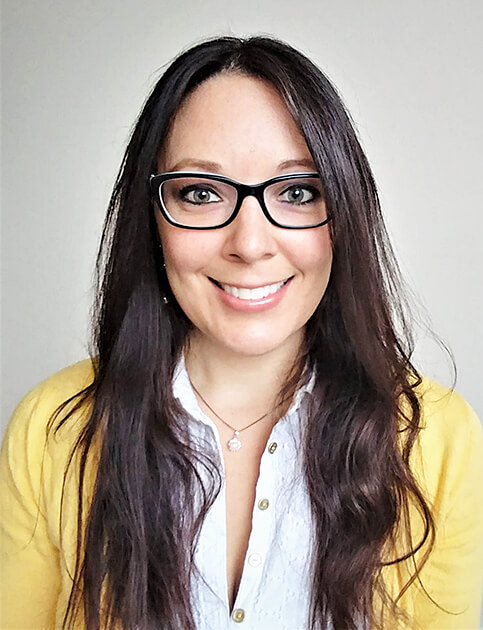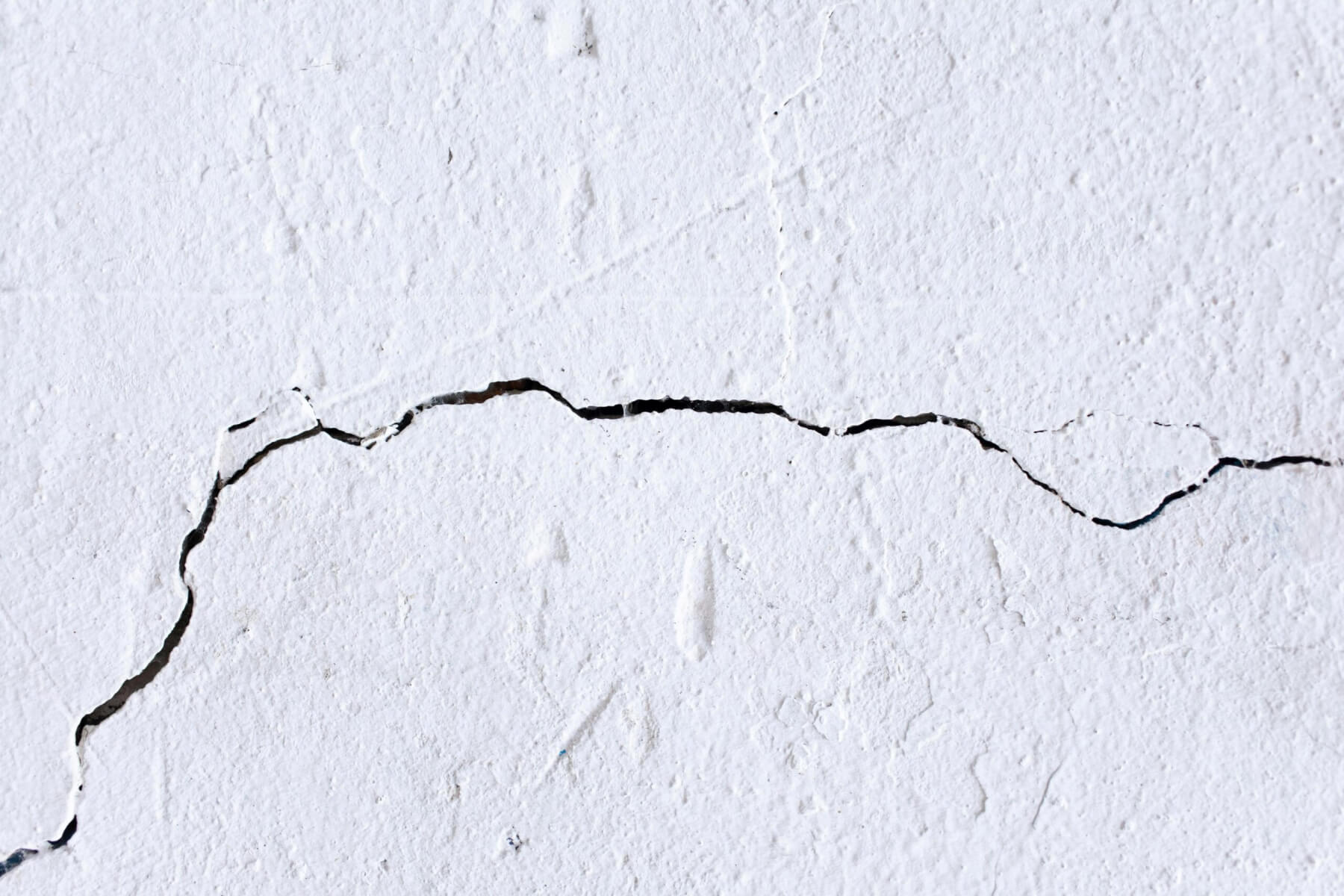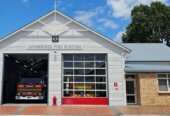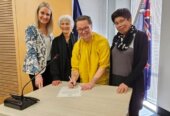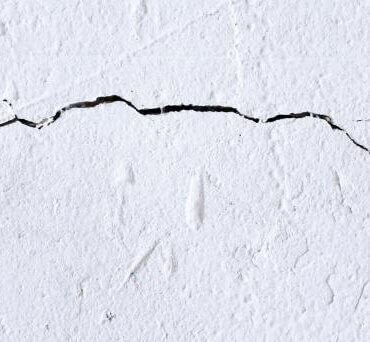
Fault line.
Scenarios are an invaluable tool for helping prepare for major events. Facing a potential disaster requires scientists, government officials, business owners, families, utility companies, and first responders (and more) to plan together. This provides a structured way to anticipate potential challenges and develop effective responses, helping to facilitate of overwhelming process.
A scenario is essentially a planning tool that outlines a hypothetical event, such as a powerful earthquake affecting a specific region.
Scientists construct these scenarios using extensive research on credible future events, drawing from past occurrences recorded in geological evidence (fault ruptures, landslides), biological markers (tree rings), and historical records if a past event has occurred when people were around to record it. By analysing the data, we can forecast what a similar event might look like today or in the near future.
The AF8 hazard scenario here in Aotearoa is one that I look to for a great example of how this process can take place, and how community engagement can be undertaken across a broad region. AF8 models a magnitude eight earthquake along the Alpine Fault in the South Island, a credible event with a 75 per cent chance of occurring in the next 50 years, and with an 82 per cent likelihood of reaching magnitude eight or greater.
Understanding these potential events is crucial, as the severity of a disaster is often determined by how well we prepare. The AF8 scenario doesn’t just examine the earthquake’s shaking; it also considers secondary impacts such as landslides, which could damage roads, disrupt electricity, and even block waterways — leading to flooding.
Once we understand the natural aspects of an event, we can assess its potential impacts — who and what will be affected — and determine proactive steps to reduce or even prevent damage. The AF8 project exemplifies how we are not powerless against Earth’s natural forces. By working together across different sectors of society, we can ensure people are informed and ready to act swiftly. This is a complex, collaborative effort involving many researchers and partner agencies.
Scenarios can be carried out in-person, run as though an event is underway over hours or days, and within or across agencies. This allows us to see what questions we haven’t yet asked, the resources we don’t yet have, and the relationships that need to be in place. It is a safe place to fail and can lead to productive problem solving.
Based on the scenario, further planning and response initiatives can be taken, and in this case, there is the South Island Alpine Fault Earthquake Response Framework. This is a fantastic example of how we can start with science, by looking at rocks as a geologist to understand the world around us, to impactful planning and action.
Yes, these events are daunting—but they are not some mysterious, lurking threat. With knowledge, preparation, and collaboration, we can face them together and greatly reduce the severity and how long it takes us to get back onto our feet.



